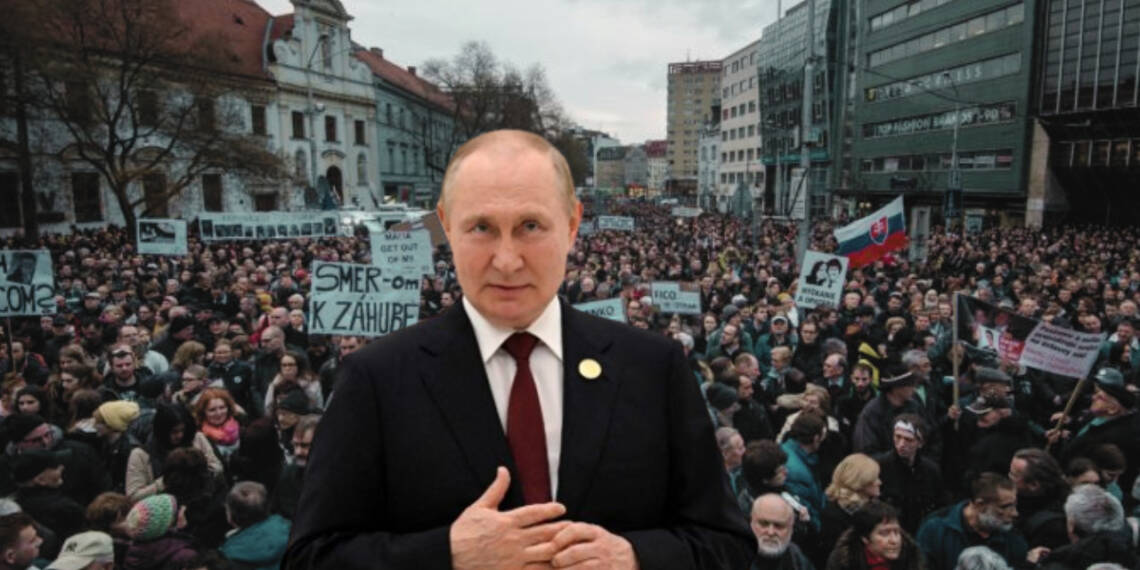Slovakia protests: Slovakia, a small country nestled in the heart of Europe, has recently made headlines by standing up to Russia and threatening to impose sanctions if it doesn’t stop its military operation in Ukraine. However, amidst this political standoff, a new development has emerged that is causing some controversy within Slovakia itself.
Plans to build the country’s first liquefied natural gas (LNG) terminal in Bratislava port have sparked protests from environmental activists. They argue that the project goes against Slovakia’s commitment to the Paris Climate Agreement, which aims to reduce greenhouse gas emissions and combat climate change. The protestors believe that investing in LNG infrastructure will only perpetuate the country’s reliance on fossil fuels and delay the transition to renewable energy sources.
Slovakia witnessed massive anti-NATO protests
This opposition to the LNG terminal is not an isolated incident. Just a month ago, Slovakia witnessed massive anti-NATO protests, which some speculate may also be linked to Russia’s efforts to destabilize the country. However, it is unclear whether these protests are simply a result of genuine environmental concerns or if they are part of a larger geopolitical strategy.

Read more: Zelensky plays the ultimate prank on Biden with a $400m scandal
Either way, Slovakia finds itself in a tricky situation. On the one hand, it is trying to assert its independence and defend its interests against Russia, which has historically exerted influence in the region. On the other hand, it must navigate the competing demands of various interest groups within its own borders, including environmental activists, business interests, and NATO allies.
The controversy over the LNG terminal highlights the tension between economic development and environmental sustainability, which is a challenge that many countries around the world face. While Slovakia’s decision to build the terminal may have economic benefits, it also raises questions about the country’s commitment to reducing carbon emissions and mitigating the effects of climate change.
As Slovakia continues to navigate these complex issues, it remains to be seen how the situation will unfold. Will the country prioritize economic growth at the expense of the environment, or will it find a way to balance these competing interests? Whatever the outcome, it is clear that Slovakia’s path forward will have significant implications not just for the country itself, but for the wider region and the world.








